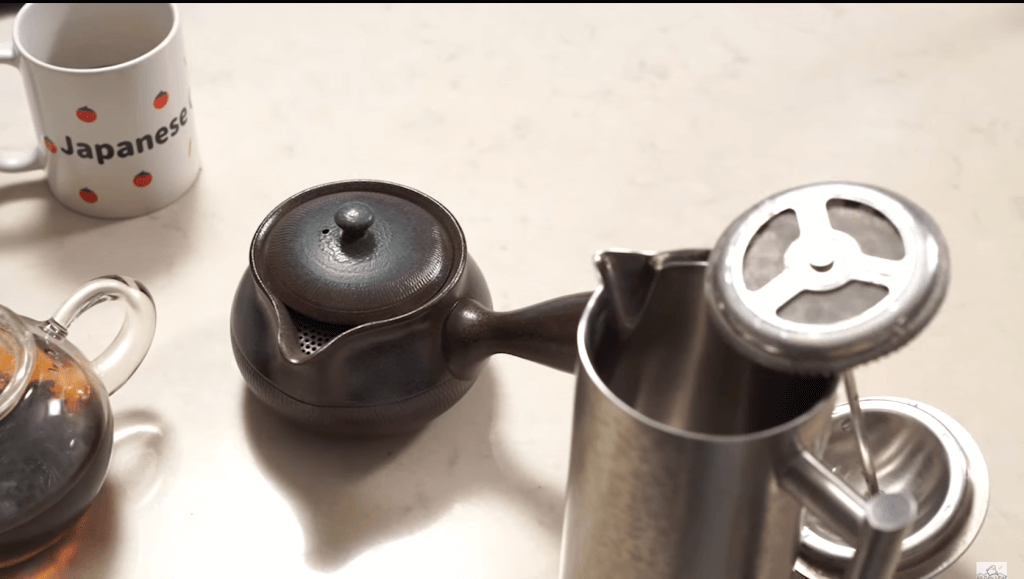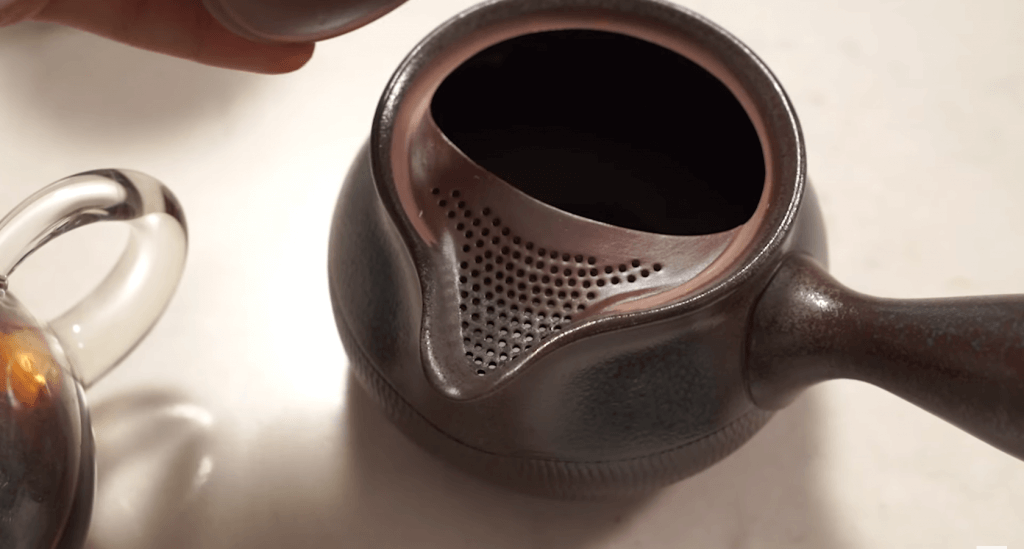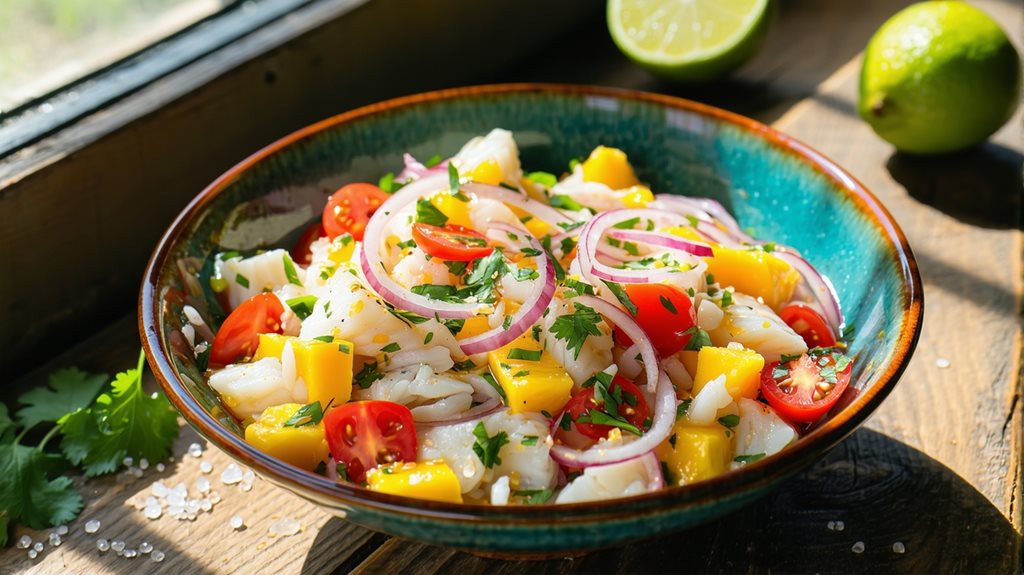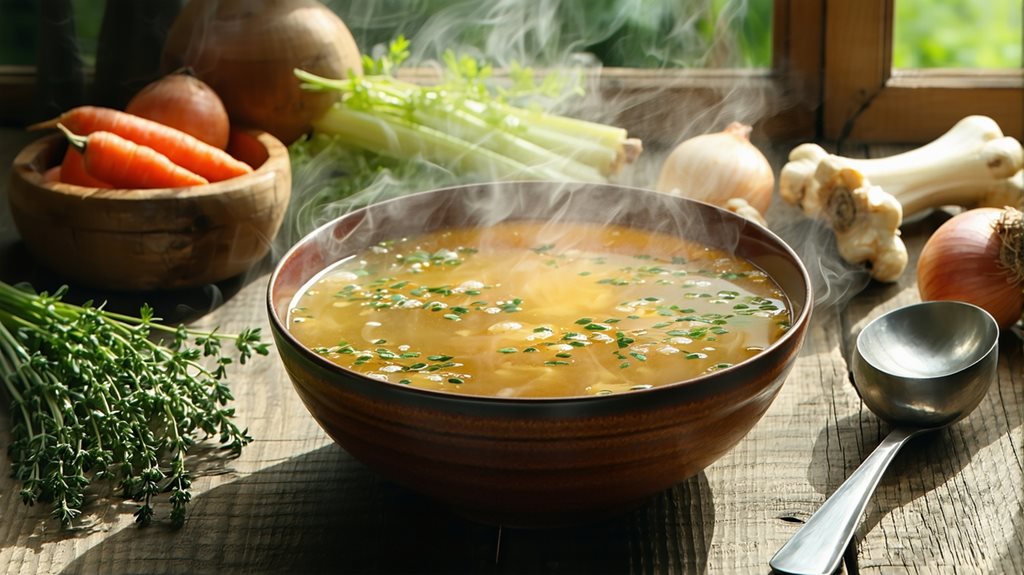Are you curious about what makes a perfect cup of Japanese

And even though we are going to be talking specifically about Japanese
Have you tried Japanese
9 different Japanese teas
1. Sencha – The first type of
There are several different varieties of sencha, but we’re just going to be referring to sencha as green
2. Kabusecha. The next step up from sencha in terms of quality is going to be something called kabusecha which has been grown in partial shade.
This is going to have a little bit more of a delicate flavor, a little bit more refined flavor, a little bit more sweetness, and a little bit more umami, as compared to sencha. Kabusencha has been grown in shade a little bit partially, which gives it a different flavor characteristic or different flavor profile as compared to just straight sencha.
3. Gyokuro. Gyokuro is a very premium type of Japanese green tea that has also been grown in shade. And this is considered more of a high-end type of
You might want to follow the instructions that came with your
And it can be a very interesting and unique experience if you’ve never tried it before. so
4. Matcha is powdered Japanese green tea. This is generally made with some sort of a higher-end quality green
It’s very useful, very versatile. You can actually use it in all kinds of different things including baked goods sweets, like ice cream, cake frosting as well as a drink.
Matcha is also one of my favorite things to drink especially on a hot summer day over some ice, or even in the wintertime when it’s cold outside and I want something warm and cozy.
5. Hojicha. is roasted green tea, and it’s got a very earthy and robust flavor, very bold. You can actually enjoy this both hot and cold, just like all the other teas that we’re going to be talking about.
And it’s very, very unique. It’s actually one of my preferred teas to drink in the evening because it has very little to no caffeine. I can actually drink a bunch of hojicha before I go to sleep. Oftentimes, if you are in a desert place, like in Japan, somewhere where they serve desserts, usually, they will serve your desserts with a small cup of hojicha.
6. Mugicha is a

7. Kombucha is a
I’ve seen American kombucha, which is a very sugary drink, very different from the traditional kombucha that you might find in Japan.
It has a very unique, more of an ocean-like flavor because it is made from kelp. I recommend trying this as well.
You can have it hot or cold and it can come in a whole form, pieces of kombu, or you can also get powderized versions for convenience and quick brewing.
8. Sobacha is actually made from buckwheat groats. The same stuff that they use to make soba (buckwheat) noodles.
And you can actually make
It’s got a very nutty flavor, which is very unique as well. It is also caffeine-free and a delicious way to enjoy your Japanese style tea if you’ve never tried it before.
And it’s also another delicious caffeine-free way to enjoy Japanese
9. Kamairicha. This is actually pan-roasted



Konnichiwa! (Hello!) I'm Pat Tokuyama, a Japanese tofu cookbook author, who travels for music, food, and adventure. If you like Japanese tea, checkout some of the newestorganic japanese tea, matcha bowls and noren and more!
** Curious about the Plant Based Japanese Cooking Club? ** Learn more here!
7 tips for the best tea drinking experience

1. Try to get a feel for the dry leaves. If you have never smelled your dry
That’ll give you somewhat of an idea of how it’s going to taste. That’s one of the fun things about drinking
2. Savor the flavor. Take your time sipping the
See how it tastes, and notice how the flavor may change as it’s once a very hot cup, to one that’s a little bit cooler. And maybe once it’s cooled completely, maybe it has changed slightly in the flavor that you perceive.
3. Temperature. There are two ways that you can enjoy Japanese tea. Hot, with very hot water, as well as cold. Cold water, which is going to be similar to a cold brew. And If you’re going to be doing a cold brew, you’re going to have to do it overnight
4. Think about the type of food that you’re going to be serving it with. When I’m visiting Japan, one of my favorite things to enjoy while I’m there is the
And then, depending on where you’re at, maybe you’ll get a second type of
5. Consider how it’s served. You may have heard of chado/sado, which is like the way of
Chado or saro is the way of
And that’s something that if you haven’t experienced, maybe that’s something that you can try when you next visit Japan.
6. Be present and to savor the flavor, the experience, the aroma, everything that is in front of you. It’s easy to get distracted these days with many things. Maybe your kids. Maybe your spouse. Maybe your friends. Maybe the food. Maybe the TV. Maybe you’re listening to a podcast. Whatever it is, try to be present and take a moment to enjoy what’s in front of you and your cup, and pay attention to nothing else. You might be surprised.
7. Wear a blindfold. Maybe you want to try something new, something that you’ve never done before. But if you have a blindfold on, obviously you can’t see, and it’s going to change the way that you perceive what is around you and also what you consume. It’s going to make your other senses which are still active and receiving information from the environment, more perceptive. Maybe you will be able to enjoy your
8. Temperature. This Is the first thing that we’re going to be talking about and that has a very large effect on the resulting

That’s why when you make a cold brew, you have to do it for a long period of time overnight, as compared to a hot brewed
Try to follow whatever directions are going to be on the package that came with your
You don’t want to use boiling hot water, but somewhere close to that depending on the type of
And if it’s too cold it’s not going to extract properly or completely and your flavor is going to be somewhat mild or muted, and not as flavorful as it should be.
9. Time. Depending on the type of
But there are types of
It’s going to take a little bit longer to brew as compared to something that has chopped leaves because there’s more surface area.
10. Technique. When you drop your
And then also, at the same time, you don’t want to re-brew your
11. Water that you’re using. I have a reverse osmosis water faucet. If you don’t have one of those, try to use filtered water. And if you don’t have that either then I guess you could use tap water. But the tap water generally has things added to it, which is going to affect the end flavor in your cup.
Try to use at least filtered water reverse osmosis if you can so that your
12. Using a quality
If you can’t notice the difference, or if you don’t like it, then just stick with whatever it is that you were using before and be on your way. But if you do notice a difference, maybe it’s something that you can enjoy and treat yourself and your friends every now and then.
13. Avoid using bagged
And yes, of course, there’s going to be exceptions. But in general, I think that’s that holds true. Also, if you are going to be using
So plastic mesh, you might have seen those. It’s like a non-paper material, but the reason being is because it’s made of plastic and because it’s a mesh, there has to be some sort of a process or machine to cut those little holes into the plastic to make it a mesh and chances are you might be ingesting some of that plastic or those little particles from the mesh when you’re making your
14. Avoid teas that have things added to it. Like flavor additives or any kind of sugar, sweeteners, artificial things.
And yeah, it’s totally cool if you enjoy those types of things. But we’re talking about traditional Japanese
15. Probably the most important thing to do is to follow your heart. You should do what makes you happy. Just because I like my teas this way doesn’t mean that you or somebody else will. Figure out for yourself what it is that you enjoy and do what makes you happy. Try new things. Find your own way. Find the things that you enjoy the way you like to enjoy them.
And if you don’t know what that is just yet, perhaps you can use this as a guide or starting point to help you on your way to the perfect cup of Japanese





Konnichiwa! (Hello!) I'm Pat Tokuyama, a Japanese tofu cookbook author, who travels for music, food, and adventure. If you like Japanese tea, checkout some of the newestorganic japanese tea, matcha bowls and noren and more!
** Curious about the Plant Based Japanese Cooking Club? ** Learn more here!